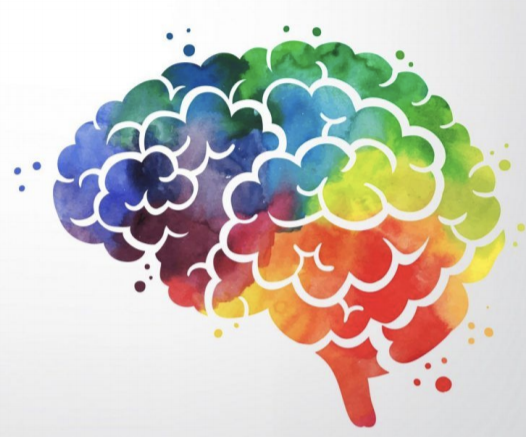No matter where you are in the world, colors will always surround you. Whether it’s the dark brown dirt under you, or the bright blue sky with the pretty pink butterflies fluttering in the air, your brain perceives colors in such a unique way. This amazing capability that is being done by the brain is called color vision. Color vision is the ability to distinguish different wavelengths of electromagnetic radiation. The human eye and brain together translate light into color. Light receptors inside the human eye transmit messages to the brain. These messages produce what we call color, and gives us the ability to have color vision and see all of the different colors around us. Therefore, an apple doesn’t exactly have red “inside” it. The surface of the apple is reflecting the wavelengths we see as red, and is absorbing all the rest.
Now, you may think that color vision is a normal ability that the brain can do. However, not everyone can see color. As stated previously, the human eye sees the color that objects reflect, and the other colors are absorbed in. But what would colorblind people see?
Well, color blindness is caused by missing light-sensitive pigments in the cones of the eye. Humans have three types of light-sensing cones in the eyes: red, blue, and green. With color blindness, also known as color vision deficiency, the pigments in these cones may be dysfunctional or missing. In these cases, the eyes have trouble differentiating between different colors. This leads to color blindness. But how does this connect to the brain?
One light-sensitive part in your eye called the retina sends visual information to the brain. Therefore, when the light sensing cones in your eyes are damaged or broken in any way, your retinas react to this. When the retina sends the visual information to your brain when the cones are damaged, the brain does not receive the proper information to understand the colors (and sometimes even shapes) around you.
Though you may think color blindness and color vision are only important and significant to your eyes, you might be surprised to hear that your brain is what connects your thoughts, vision, and colors!
Author: Vinuta Ramakrishnan
